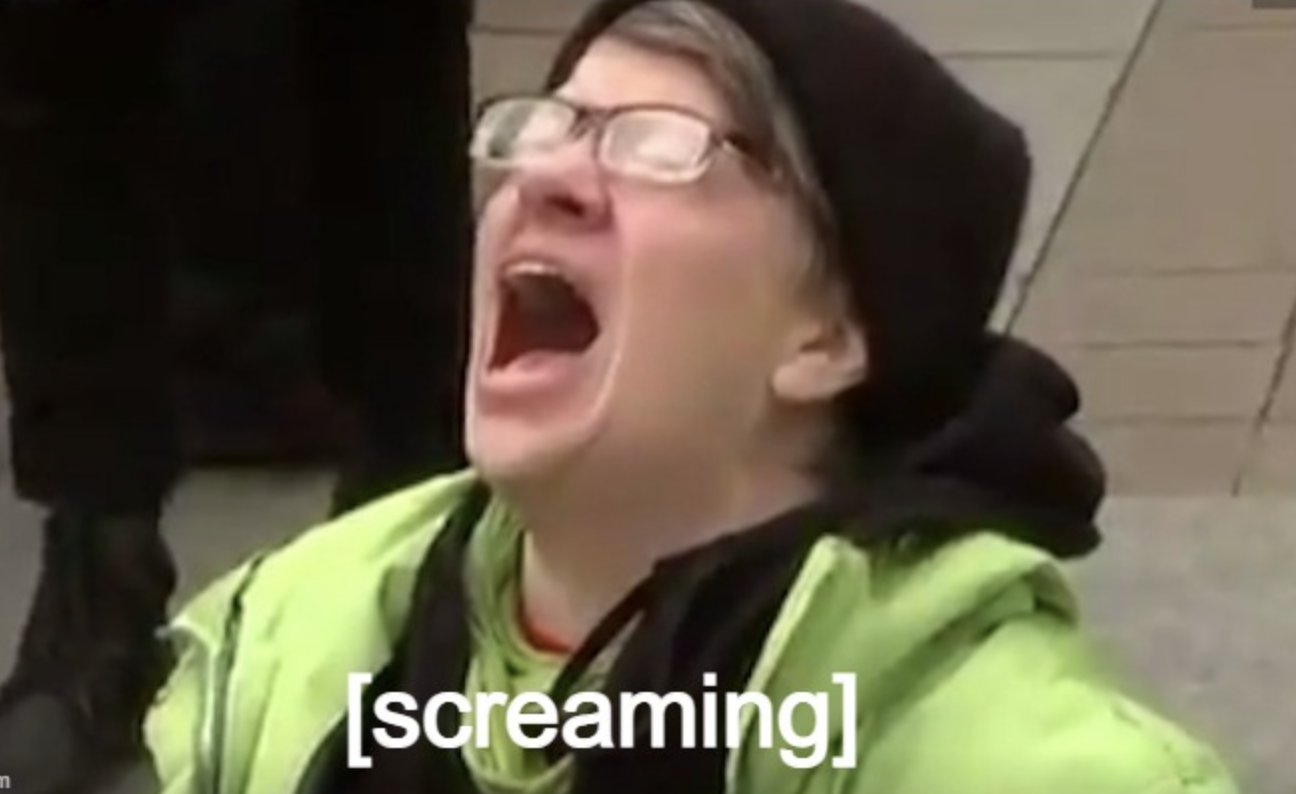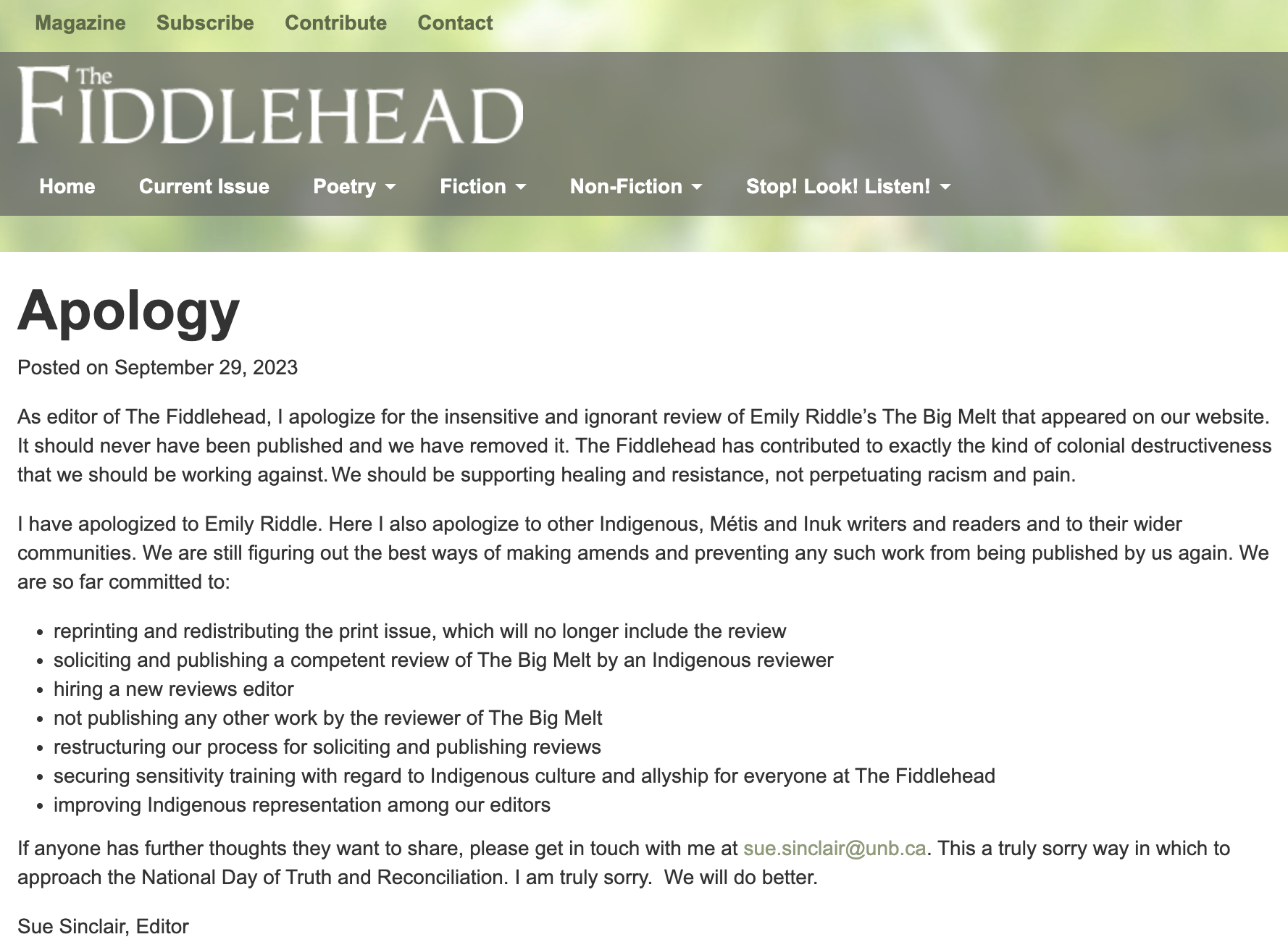 Payment for “Tickles the Clown” was $250.00. That works out to about seven cents a word, or $8.33 an hour, based on thirty hours of work. Those figures are surprisingly respectable. I was hoping my money made/time spent ratio was going to be dramatically more pathetic, but it looks like I’m almost making minimum wage with my writing.
Payment for “Tickles the Clown” was $250.00. That works out to about seven cents a word, or $8.33 an hour, based on thirty hours of work. Those figures are surprisingly respectable. I was hoping my money made/time spent ratio was going to be dramatically more pathetic, but it looks like I’m almost making minimum wage with my writing.
There is a strange relationship with pay for work at literary journals where money is critical, and money is also beside the point. Most journals recognize that writers should get something for their work, but it’s never an easy thing for them to provide. Some journals eventually fail due to lack of funding.
Most recently, Descant magazine ended its 45-year run, ceasing publication with its December 2014 issue “due to ongoing financial hardship”. This article from the Star highlights some of the problems these journals face. And through it all, compensating the writer seems to remain a top priority for most journals.
Without brute market forces in play, how are we supposed to know the value of writing? I think the American model gives some indication. Payment from many of these is insultingly low. It’s very rare that I publish something without payment, but I did so for the Chariton Review, thinking that an American publishing credit would carry more weight with other American journals. Many of the American journals have no payment other than contributor copies. For others who pay one or two dollars per page, we’re back to a scenario where writers are receiving cheques that may not be worth cashing. In the American case, the law of supply and demand has determined that the value of anything you have produced is zero dollars because there will always be more people who want to publish their stories than journals who are willing to publish them. Most established literary journals could drop payment completely and still receive thousands of manuscripts a year. It’s to their credit that most of the Canadian ones continue to prioritize payment to writers.
In 2009, Heritage Minister James Moore minister decided that market forces should apply. Any magazine with a circulation under 5000 (most of the journals) was no longer eligible for certain subsidies. The corporate welfare that had already exceeded two hundred billion continued uninterrupted, but a tiny segment of the arts community was forced to sink or swim, based on the demands of the market.
Generally, I’m a big fan of the basic principles of capitalism, but the arts will always need help. Is it important to support artistic endeavours that aren’t currently profitable and may never be? Is it healthy that funding agencies push every arts organization to be profitable and self-sustaining? I’m celebrating my decent-sized cheque from Grain by opening a beer on my deck tonight. I’m toasting all the sub-5000 circ journals that James Moore deemed irrelevant. Here’s to anything built to last for a hundred years. Here’s to anything that’s much better than it needs to be. Here’s to anyone putting more care and effort into making art than can ever be compensated by market forces.




Leave A Comment